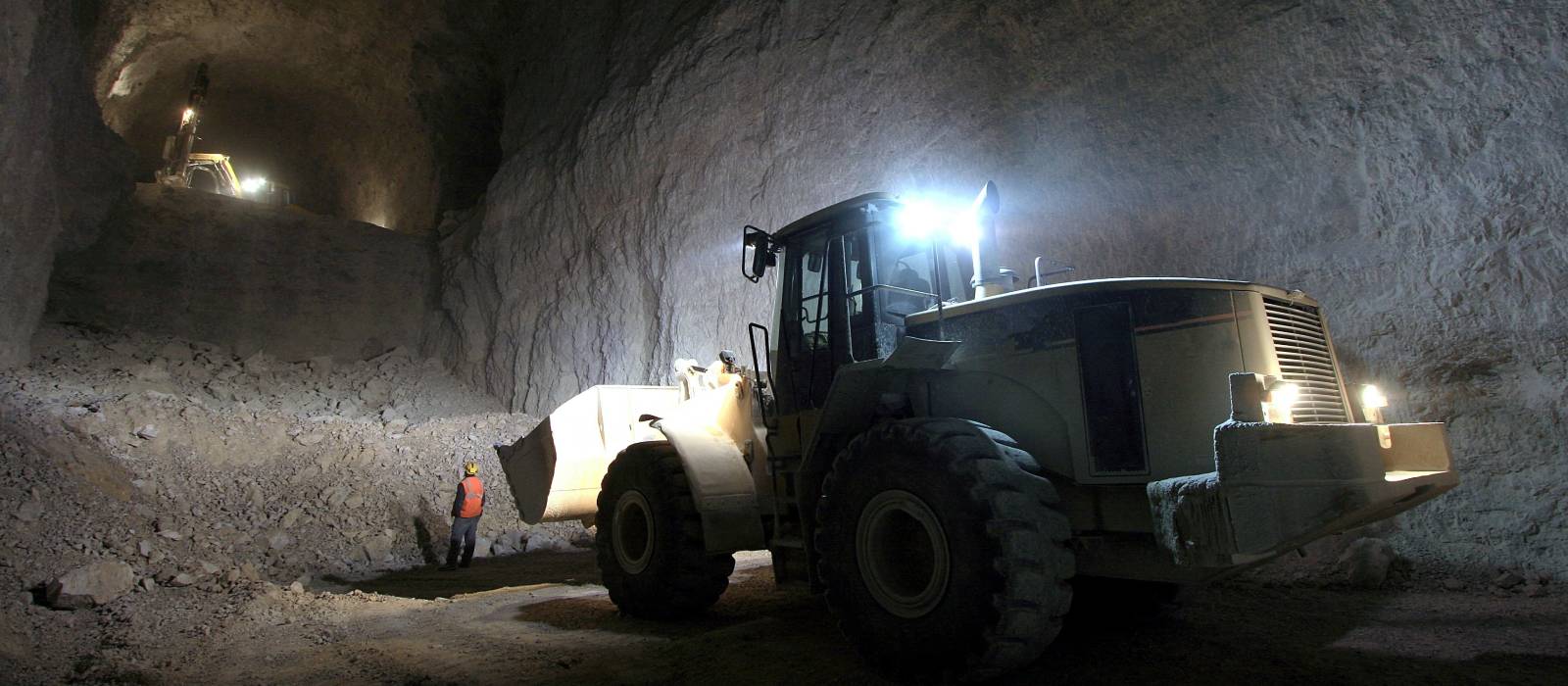‘Challenging the Norms’: Time Usage Model – Mobile Underground Mining Equipment

This is an executive summary of a longer white paper, which can be downloaded here.
Over the last 40 years, Time Usage Models have been used as a basis for calculating performance indicators for mobile mining equipment and have developed from very simple to very sophisticated models. This development has paralleled the increased collection and analysis of production data that itself has been enabled by the evolution of underground voice and data communications along with the relevant information systems.
A Time Usage Model divides the hours that equipment is (or is not) used into standard components, by a hierarchical breakdown, so that measures of productivity can be used to compare performance of both people and the equipment.
The calculation of Equipment Availability, and thus the underlying Time Usage Model, has always been an extremely emotive topic. This is partly because different groups use time usage information for different purposes. The direct link between productivity KPIs calculated from these models and employee rewards just adds to the emotion.
This paper discusses the conflict in use by various stakeholders and proposes ways to address some of the more contentious issues.
Early systems had a concept of a Status Code. The simple status code functionality has proven inadequate, leading to the evolution of “work-arounds”. These work-arounds have become the norm and unfortunately have become embedded in the next generation of models and the information systems that incorporate them.
This paper contends that the industry should stop building Time Usage Models to accommodate shortcomings in proprietary systems, but rather put pressure on vendors to provide appropriate tools to deal with the fundamental requirements.
There are many points of differentiation that are not clear-cut. Pitfalls are discussed as well as threats to success.
A framework of rules is developed as guidelines for how a Time Usage Model should be developed and applied. This will hopefully stimulate the on-going discussion as to how Equipment Availability and other components of the model should be calculated.